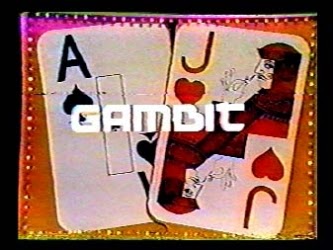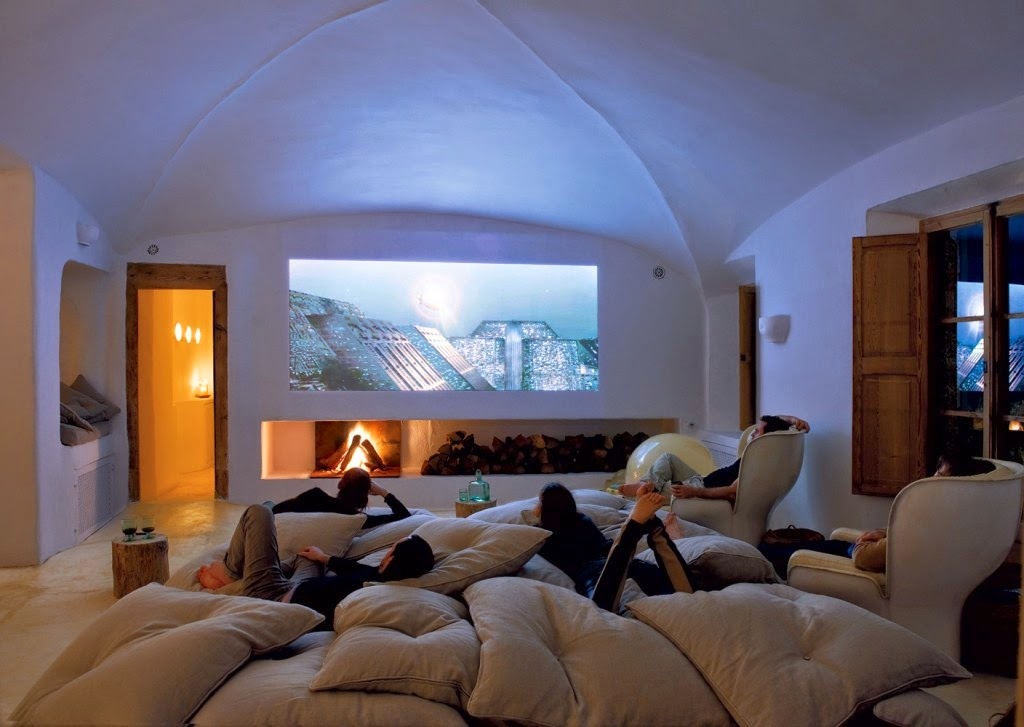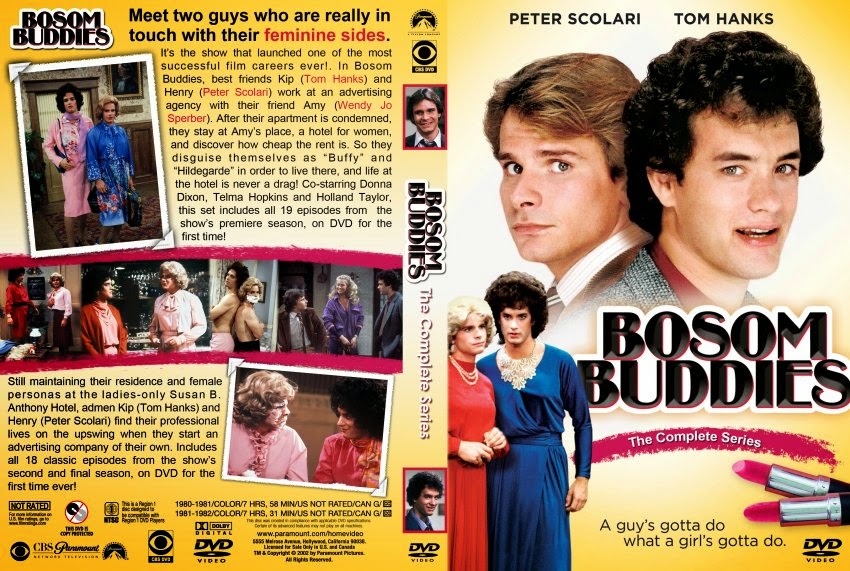Last year Bob Barker
celebrated his 90th birthday by returning to The Price is Right, the series he hosted for 35 years.
I didn’t watch.
I feel like I should have –
as a kid I spent countless sick days and snow days and summer mornings with Bob
and The Price is Right, back
when it was one among dozens of game shows that came and went over three
decades. Who remembers Concentration and High Rollers? Or Gambit and Sale of the Century? How about Double Dare, Card Sharks, Blockbusters and Treasure
Hunt?
Gradually they all ended
their morning runs but The Price is Right soldiers on. It remains a true TV anachronism, and one of the very few
series that have been on television longer than I have been alive.
Viewers today will find
much of the format unchanged under current host Drew Carey. There are male
models now and some high tech bells and whistles, but many of the same pricing
games from Barker’s first episode are still being played.
And yet – it just doesn’t
feel the same. The current incarnation seems too forced in its enthusiasm, too
marketing driven, too assembly line in its progression from calling down the
first four contestants to the fadeout after the showcases.
Shows like this used to
thrive on the intimacy of their relationship with the viewers at home. They
presented the façade of a happy family of coworkers who seemed sincere when
they would thank you for inviting them into your home. They felt like friends.
Maybe it wasn’t authentic,
and we’ll get to that in a moment, but the incarnation of The Price is Right that I still treasure featured the steady, reliable presence of Barker
as host, Johnny Olson as announcer, and a trio of models – Janice Pennington,
Dian Parkinson and Holly Hallstrom – that viewers came to know over the years
as more than just eye candy.
It was the longevity of the
show and this cast that, as it did with soap operas, made The Price is Right so special. Janice was pointing at “brand new
cars!” when I was 8 years old. She was still doing it when I graduated high school.
And she was still doing it when I graduated college, and for more than 10 years
after that.
She always seemed like the
oldest of “Barker’s Beauties,” as they were once called, at a time when that
kind of label didn’t trigger outrage. Actually, Janice is just two years older
than Dian, but she had a classiness in how she carried herself as she fondled
an Amana Radarange that always distinguished her from her fellow prize
pointers.
Dian was Cinemax before
that was even a word. No one ever wore a bikini better, and when she was
showing off a sailboat or a hot tub it was like Christmas coming early.
Holly was kid sister cute and more approachable. She screwed up a lot, too, which only made her more endearing.
Holly was kid sister cute and more approachable. She screwed up a lot, too, which only made her more endearing.
Johnny Olson’s voice is
part of so many collective childhoods. The Price is Right was the only show where he also regularly appeared
on camera, for the contestant introductions and the silly showcase skits at the
end of each episode. He played priests and doctors and big game hunters and
Roman emperors, but no matter how they dressed him up he always looked like
your tax attorney.
And Bob? He was always
genial, always patient with the more addled contestants, always sincere in his
requests to have your pets spayed or neutered. While you could occasionally
detect glimpses of a control freak beneath the ever-present smile, Barker
remained the consummate host.
We have all realized by now
that a celebrity’s public persona may not be the truest representation of their
character. The Bob Barker who returned to CBS last year is one whose name is
now inextricably linked to rampant egotism, wrongful termination lawsuits and
sexual harassment.
Some of it may be true.
Some of it may just be piling on for a quick buck once the network opted for
confidential settlements instead of trials. I don’t know. I wasn’t there.
Should I not like Barker
anymore because he was probably a jerk sometimes? When you start down that
road, it’s going to cut deeply into any classic TV library. Pretty soon you end
up only watching shows with Art Linkletter, Annette Funicello and Mr. Rogers.
June Lockhart too. Maybe Lucie Arnaz.
I may not watch The
Price is Right anymore, and the
version I fondly recall may be somewhat tainted, but I’m glad the show is still
around. Even if I’m no longer downing Captain Crunch in front of the TV and
trying to guess the manufacturer’s retail price of Turtle Wax without going
over, I know it’s still preferable to Maury Povich announcing, “You are NOT the
father” to yet another irresponsible moron. Thankfully, at least Barker has yet
to appear on that show.









